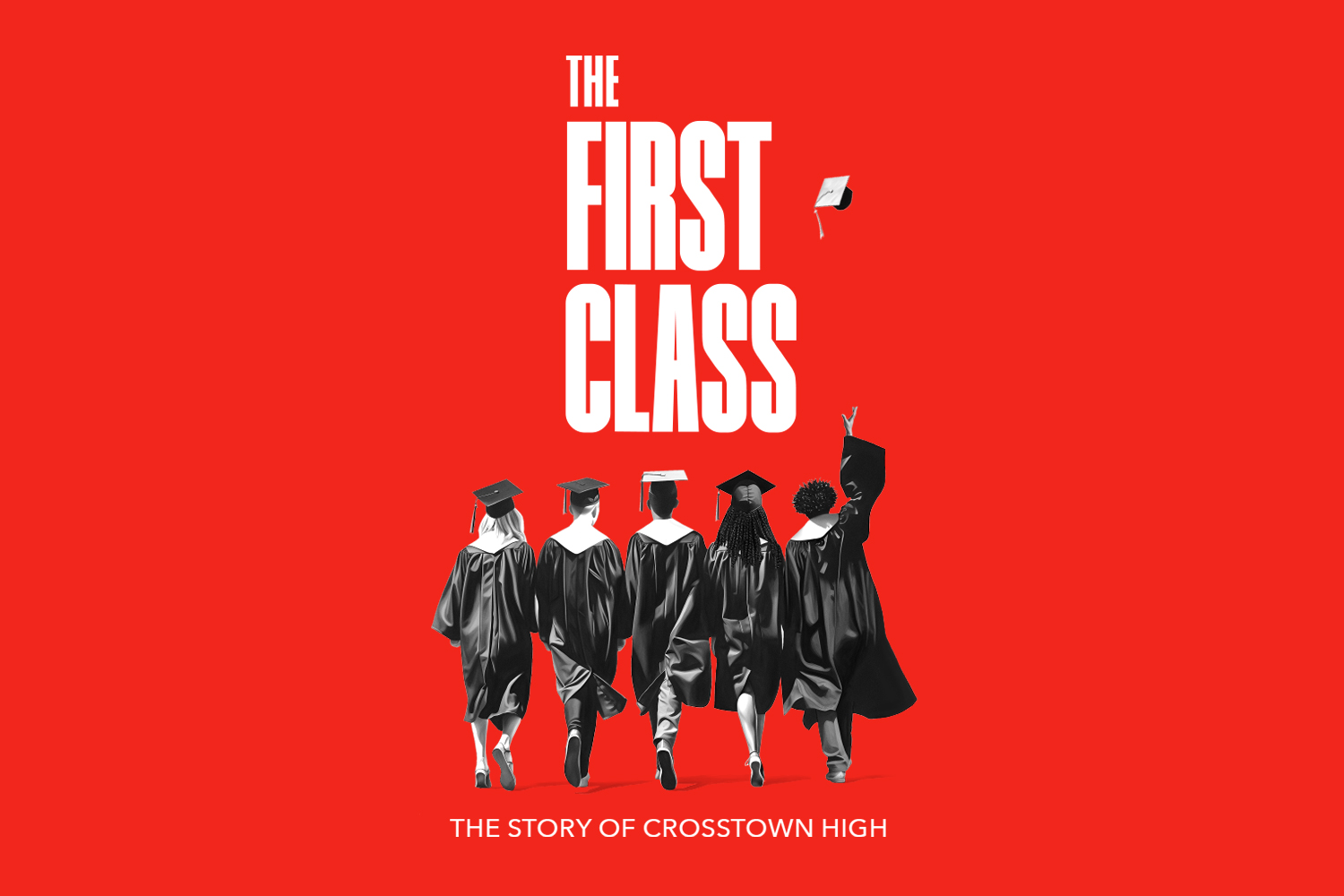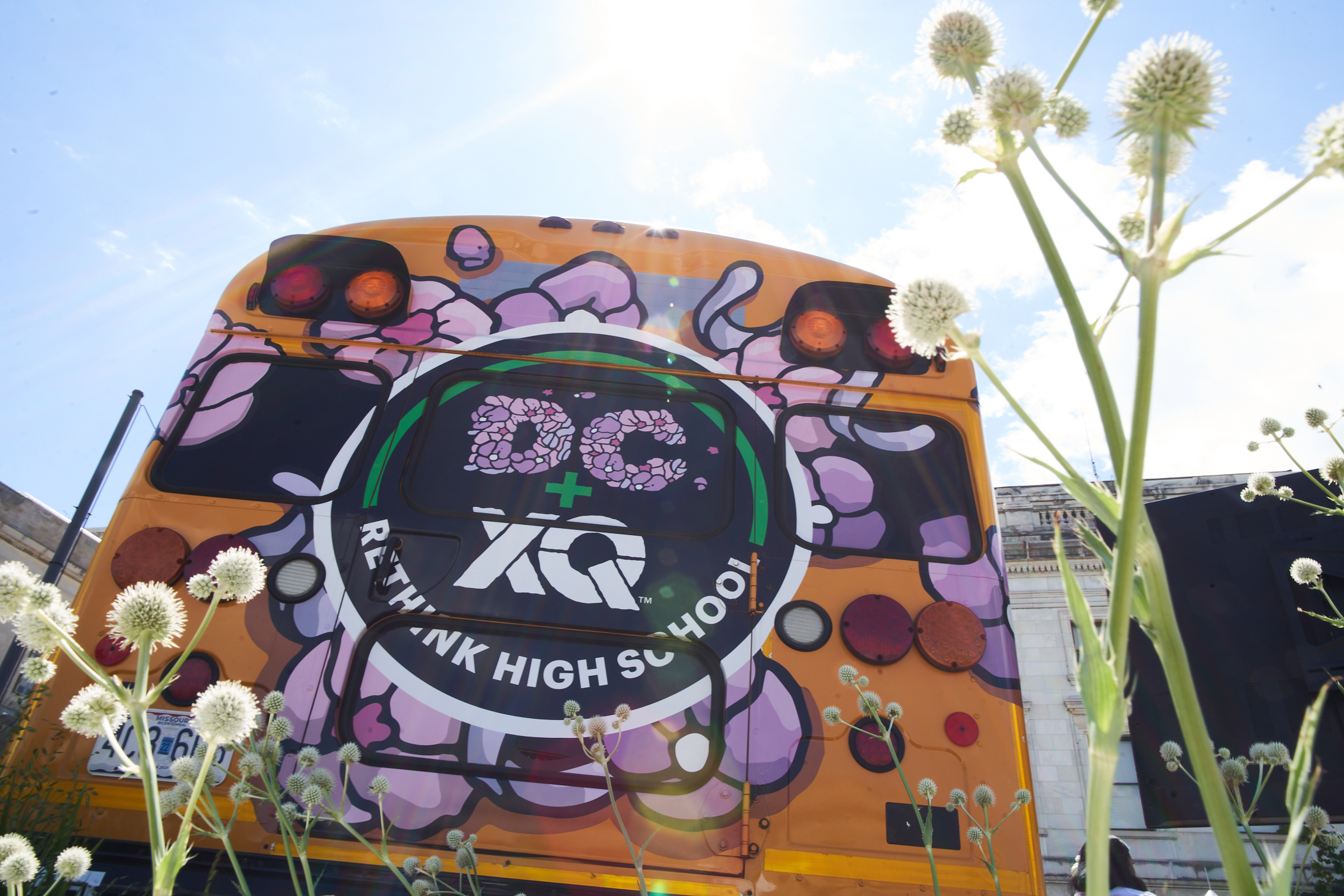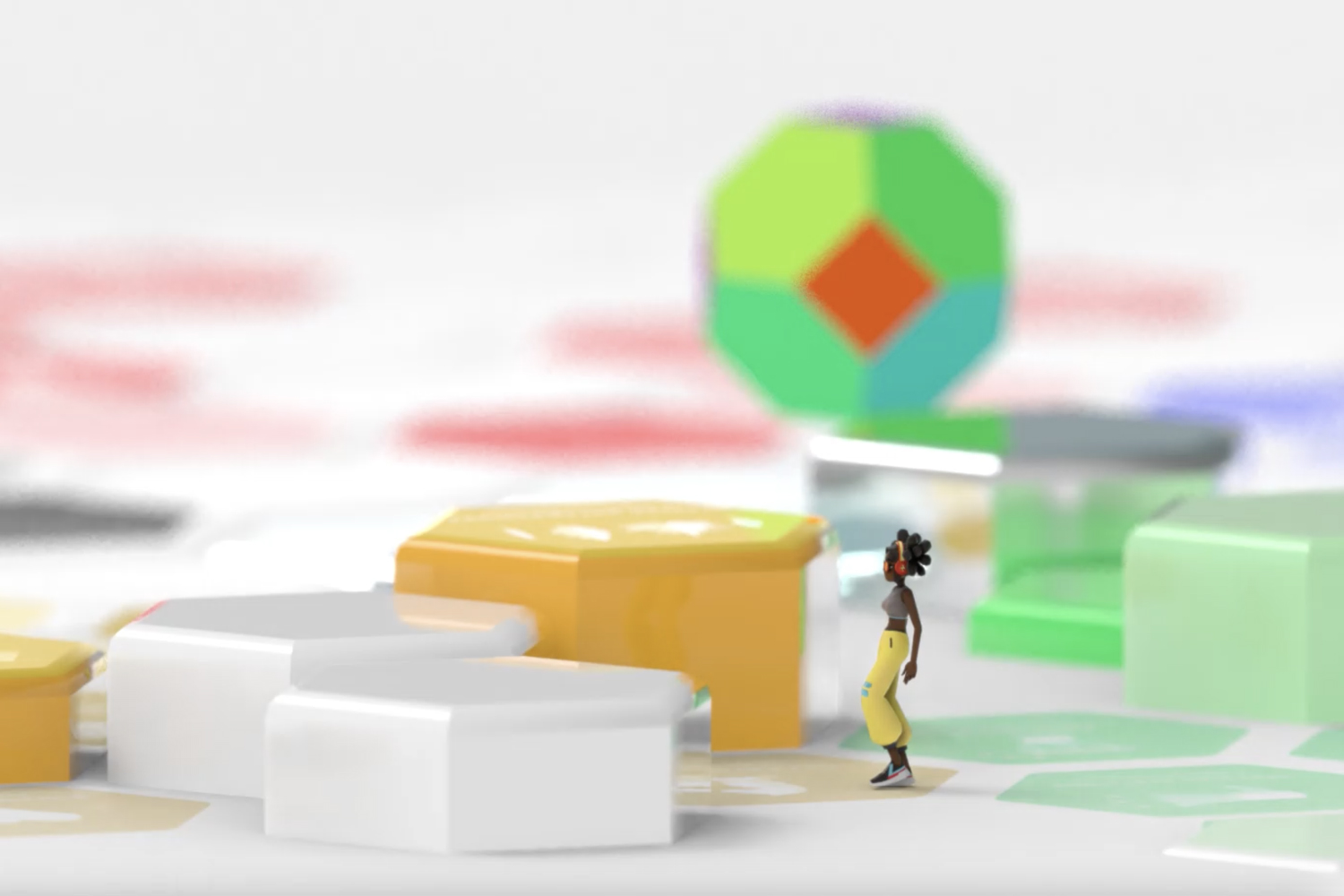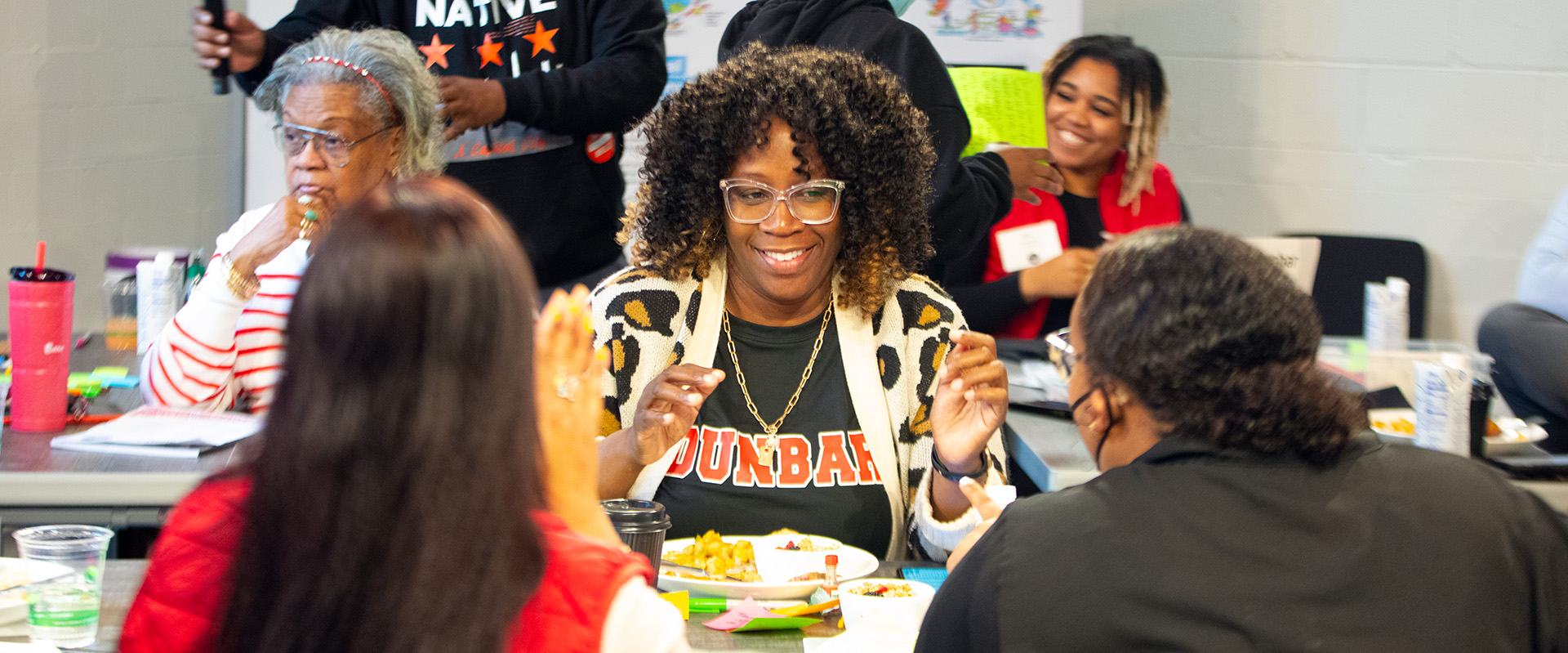Summer Reading: Research, Explore, and Reflect
Neuroscience, brain hacks, ally ship, and listening. Here are 5 resources to become a better advocate for student voice.

It’s our third Summer Reading issue and we’ve collected our top five most popular stories related to working with teenagers. From the science of adolescent learning to becoming an ally for youth voice, this issue has a little something for all teachers who work with students during this important time of development.
1. Explore: Teen brain hacks
A new infographic on the Science of Adolescent Learning from All4Ed shows educators how to leverage what scientists are learning about adolescent brain development to help students learn. According to the research, young people are motivated by their peers and more likely to engage in activities or behaviors that reflect the shared values and interests of their friends and classmates. Adults can structure learning to include peer interaction and build upon students’ interests to boost their engagement.
2. Reflect: What student voice is…and isn’t
“Students should be involved in decisions that affect their education…We recognize that adults, legislators, and businesses all have a role to play in reshaping education. But we also know that students suffer from a systemic lack of representation, when they should be treated as the primary stakeholders.” That’s the perspective of Student Voice, the student-founded, student-run organization that has worked tirelessly to position students as active partners in education. The org recently did some myth-busting on Medium to break down what student voice is…and isn’t. True student voice rises above keeping students informed. And it’s not “angry students storming down school doors.” The real power in student voice lies in giving young people a speaking part in their own education.
3. Research: The teenage brain
If you’ve raised teenagers or taught them, you might doubt us when we say Edutopia has three charts for successfully Decoding the Teenage Brain. Based on neuroscience and education research, the charts will help teachers and parents understand what makes the teenage brain tick and how we can better understand it. When we better understand the adolescent mind, we can better reach it. For example, researchers advise: “Talking to teenagers frankly about their brain development can provide useful context for their emotional worlds, and reset their expectations about their potential for continued intellectual growth.”
4. Share: Lifted spirits, broken hearts.
Leaders from two national education organizations wanted a better idea of what students need to succeed in high school and beyond. So, they did the smart thing: they asked them. This Hechinger Report summary of their conversations in Allentown, Pa., and Washington, D.C., offers five share-worthy lessons for educators. Spoiler alert: “What young people are asking for isn’t actually very complicated: Do we believe in them? Will we listen to them and take their challenges and feelings seriously? And will we support them on their journey? The answers shouldn’t be difficult — if we listen.”
5. Consider: Are you an ally for student voice?
Being a student today can be challenging because the world — and the world of education — is changing so rapidly. Students hold the answer for how to reform education systematically and relationally, but it will take all of us to make those changes happen. Learn how you can be a better adult ally for young people in your life who want to share their voice and affect change today.
X-tra from XQ
“We’re gathering info in order to help us better serve and empower the educational community. Become an XQ Blogger today!









